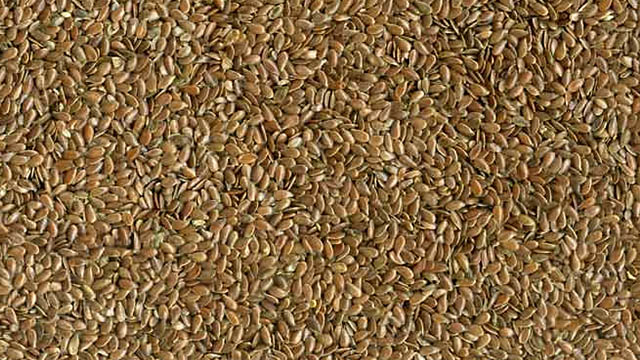by Shicana Allen
Genetic drift, or the spread of genetically modified DNA into the environment, is now reaching near epidemic proportions. In addition, the advent of herbicide-resistant plants like Roundup Ready soy and corn has guaranteed that there are also multiple amounts of poisons to go around, as chemical drift from conventional GMO crops to neighboring organic fields is also spreading by leaps and bounds.
From the start, contamination of organic and non-transgenic crops has been of utmost concern, hence the sentiment that the unpredictable offspring of biotechnology—once released—cannot be recalled into the laboratory. Now these fears are being realized. According to a new survey and subsequent report (conducted by Food & Water Watch
and OFARM, the Organic Farmers’ Agency for Relationship Marketing):
One-third of organic farmers in the United States have been adversely impacted, experiencing problems in their fields due to the nearby use of genetically modified crops.
Consequently, more than half of these growers have experienced loads of grain being rejected due to unwitting contamination.
Of those who participated in the survey, 80% of farmers expressed concern over the situation, with 60% admitting they were “very concerned.”
What’s more, nearly 50% of farmers polled stated they did not believe it was possible for GM and non-GM crops to coexist.
Two-thirds denied that “good stewardship” was sufficient to address the issue of contamination.
The lengths that organic growers must go to in order to avoid genetic contamination are both extensive and expensive. In practice, substantial outlays of both time and money are necessary to safeguard their crops, with virtually no corresponding responsibility on the part of farmers utilizing GM seeds. Rarely are these significant costs considered or acknowledged when biotech advocates are promoting its so-called economic benefits. Farmers answering the survey reported suffering between $2,500 to $20,000 per year in lost income due to the required safety “buffer zone.” Averaging around five acres, this belt surrounding a non-GMO or organic field is mandated to guard against the drifting of genetic materials, chemicals, herbicides, and pesticides. Another strategy to which farmers resort is delaying their own planting activity so that their crops are timed not to cross pollinate with their neighbors’ GMOs. This, too, imposes a financial burden of several thousand dollars annually on those farmers who refuse to plant genetically modified seeds.
Incidents of detected contamination amongst traded food and feed has also been steadily increasing, with a jump in cases between 2009 and 2012. Food shipments originating from the U.S., Canada, and China caused the largest number of rejections. This was the conclusion of an FAO (Food and Agriculture Organization) survey, the first of its kind, in which 75 out of 193 member countries responded to questions on low levels of GM crops in international food and animal feed trade. The accidental combining of transgenic crops with non-GMO varieties can easily occur during field production, processing, packing, storage and/or transportation. This has led to trade disruptions between countries, with imported shipments of grain, cereal, and other crops being blocked, destroyed, or returned to the country of origin after traces of GMOs were discovered. Although the interpretation of “low-level contamination” varies from country to country, at least 25 have refused such imports.
Shicana Allen has been a health, environmental, and food safety advocate, writer, and public speaker for over 20 years.


